The UAE's arid climate presents unique challenges for indoor gardeners. While the appeal of lush, green interiors is strong, understanding the specific needs of your plants is crucial for their survival and flourishing. Mastering the art of watering and fertilizing is paramount, especially when dealing with the intense heat and dry air that characterize the region. Let's delve into essential tips to ensure your indoor plants thrive in the UAE.
Understanding the UAE's Climate and Its Impact on Indoor Plants

The UAE experiences a desert climate with scorching summers, mild winters, and extremely low humidity. This environment places significant stress on indoor plants, requiring adjustments to traditional watering and fertilizing practices.
- High Temperatures: Intense heat leads to rapid evaporation, necessitating more frequent watering.
- Low Humidity: Dry air can cause plants to lose moisture quickly, leading to dehydration.
- Intense Sunlight: While sunlight is essential, excessive direct exposure can scorch leaves, especially during the summer months.
- Sandstorms and Dust: These can clog pores and hinder photosynthesis, requiring regular cleaning of leaves.
Watering Strategies for UAE Indoor Plants

Effective watering is the cornerstone of successful indoor gardening in the UAE.
- Water Deeply, Less Frequently: Instead of shallow, frequent watering, water thoroughly until water drains from the pot's bottom. This encourages deep root growth and helps plants withstand dry spells.
- Check Soil Moisture: Before watering, insert your finger about an inch into the soil. If it feels dry, it's time to water. Avoid overwatering, as it can lead to root rot.
- Time of Day: Water in the early morning or late evening when temperatures are cooler to minimize evaporation.
- Water Quality: Use filtered or distilled water to avoid mineral buildup from tap water.
- Consider Plant Type: Succulents like Aloe Vera, available through local nurseries, require minimal watering, while tropical plants like Peace Lilies need more consistent moisture.
- Drainage is Key: Ensure pots have adequate drainage holes to prevent waterlogging.
Fertilizing for Optimal Growth in UAE Homes

Fertilizing provides essential nutrients that may be lacking in potting soil.
- Choose the Right Fertilizer: Use a balanced liquid fertilizer or slow-release granules. Opt for formulas designed for indoor plants, readily available at garden centers.
- Fertilize During Growing Season: In the UAE, the primary growing season is spring and autumn. Reduce or stop fertilizing during the hottest summer months and cooler winter months.
- Dilute Fertilizer: Always dilute liquid fertilizer according to the manufacturer's instructions to prevent over-fertilizing and root burn.
- Frequency: Fertilize every 4-6 weeks during the growing season.
- Observe Plant Response: Watch for signs of nutrient deficiency (yellowing leaves, stunted growth) or over-fertilization (salt buildup, leaf burn).
- Consider Plant Needs: Flowering plants like Peace Lilies benefit from fertilizers with higher phosphorus content to encourage blooming. Leafy plants like Snake Plants thrive with balanced fertilizers.
Addressing Specific Plant Needs in the UAE

- Succulents (Aloe Vera): These plants store water in their leaves, making them highly drought-tolerant. Water only when the soil is completely dry.
- Peace Lilies: These plants prefer consistently moist soil but not waterlogged conditions. Water when the top inch of soil feels dry.
- Snake Plants: These plants are highly adaptable and can tolerate infrequent watering. Allow the soil to dry out completely between waterings.
- ZZ Plants: These plants are extremely drought-tolerant and can survive with minimal watering. Water only when the soil is completely dry.
- Spider Plants: These plants prefer slightly moist soil but can tolerate some dryness. Water when the top inch of soil feels dry.
Environmental Considerations for UAE Homes
- Humidity: The UAE's dry air can be detrimental to many indoor plants. Increase humidity by using a humidifier, placing plants on pebble trays with water, or grouping plants together.
- Air Circulation: Ensure adequate air circulation to prevent fungal diseases and promote healthy growth.
- Light: Provide bright, indirect sunlight. Avoid placing plants in direct sunlight, especially during the hottest part of the day.
- Temperature: Maintain a consistent indoor temperature, avoiding extreme fluctuations.
Monitoring and Adapting
Indoor gardening in the UAE requires constant monitoring and adaptation. Observe your plants closely for signs of stress, such as wilting, yellowing leaves, or stunted growth. Adjust your watering and fertilizing practices accordingly.
By understanding the unique challenges of the UAE climate and implementing these watering and fertilizing tips, you can create a thriving indoor garden that brings beauty and tranquility to your home. Remember to adapt your practices to the specific needs of your plants, and don't hesitate to seek advice from local gardening experts. With a little care and attention, you can enjoy the lush greenery of indoor plants even in the heart of the desert.


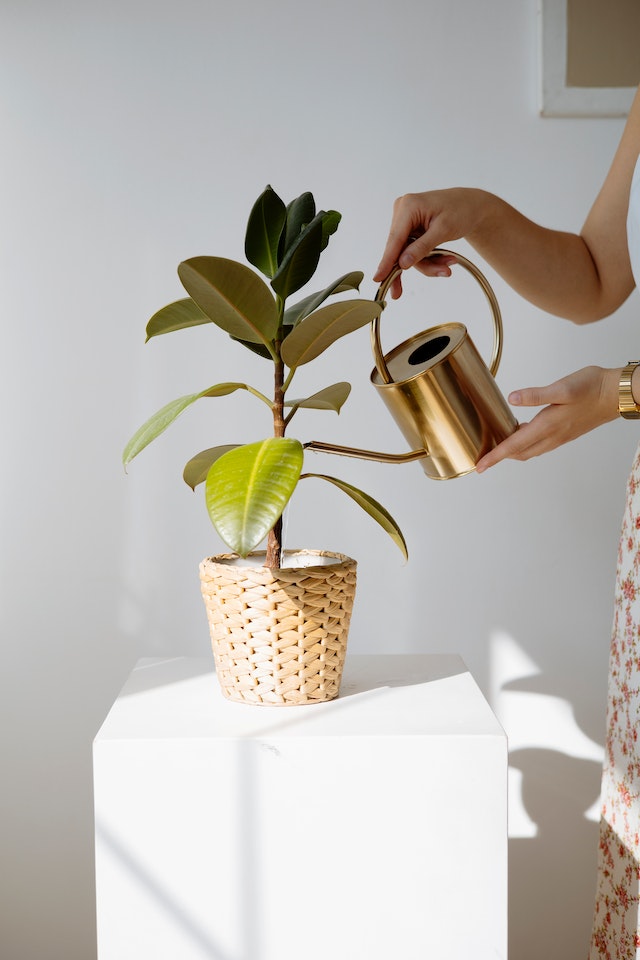
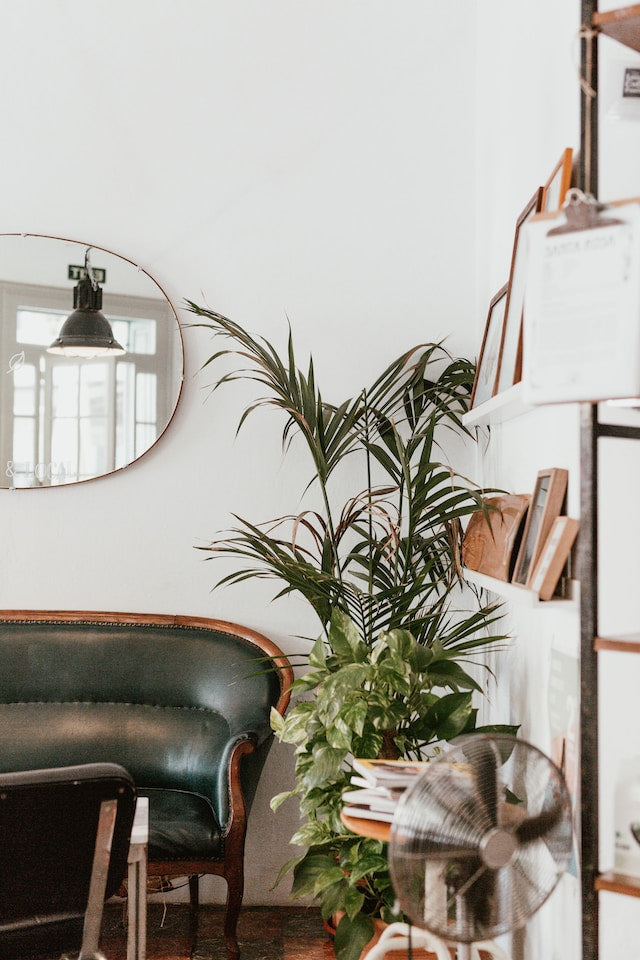
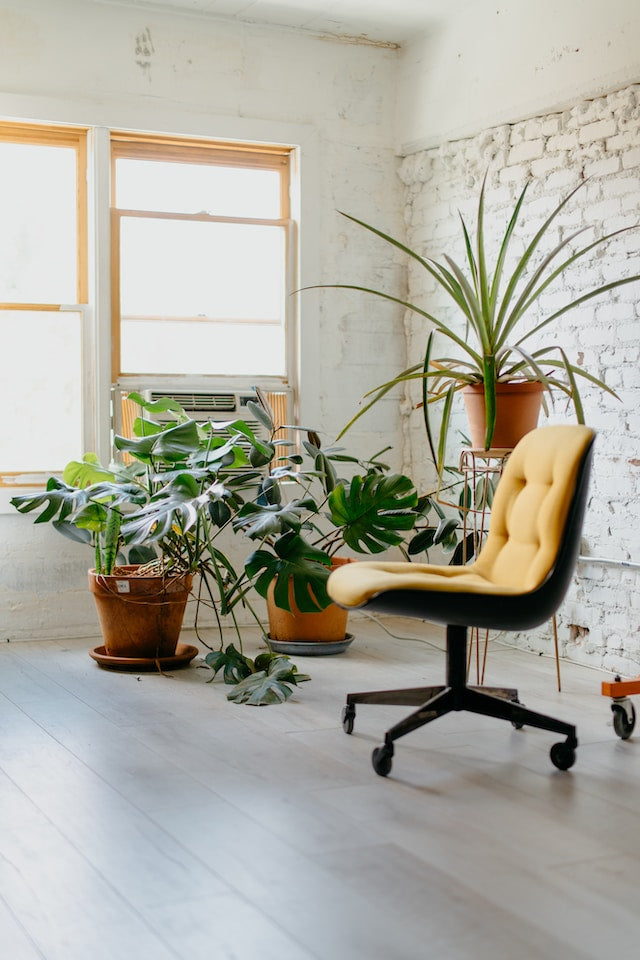
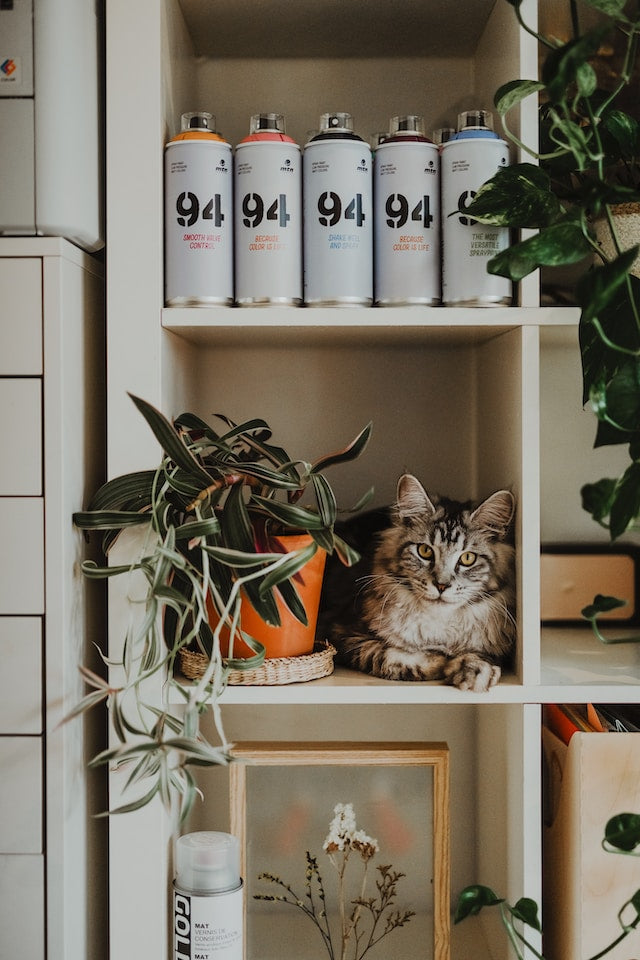

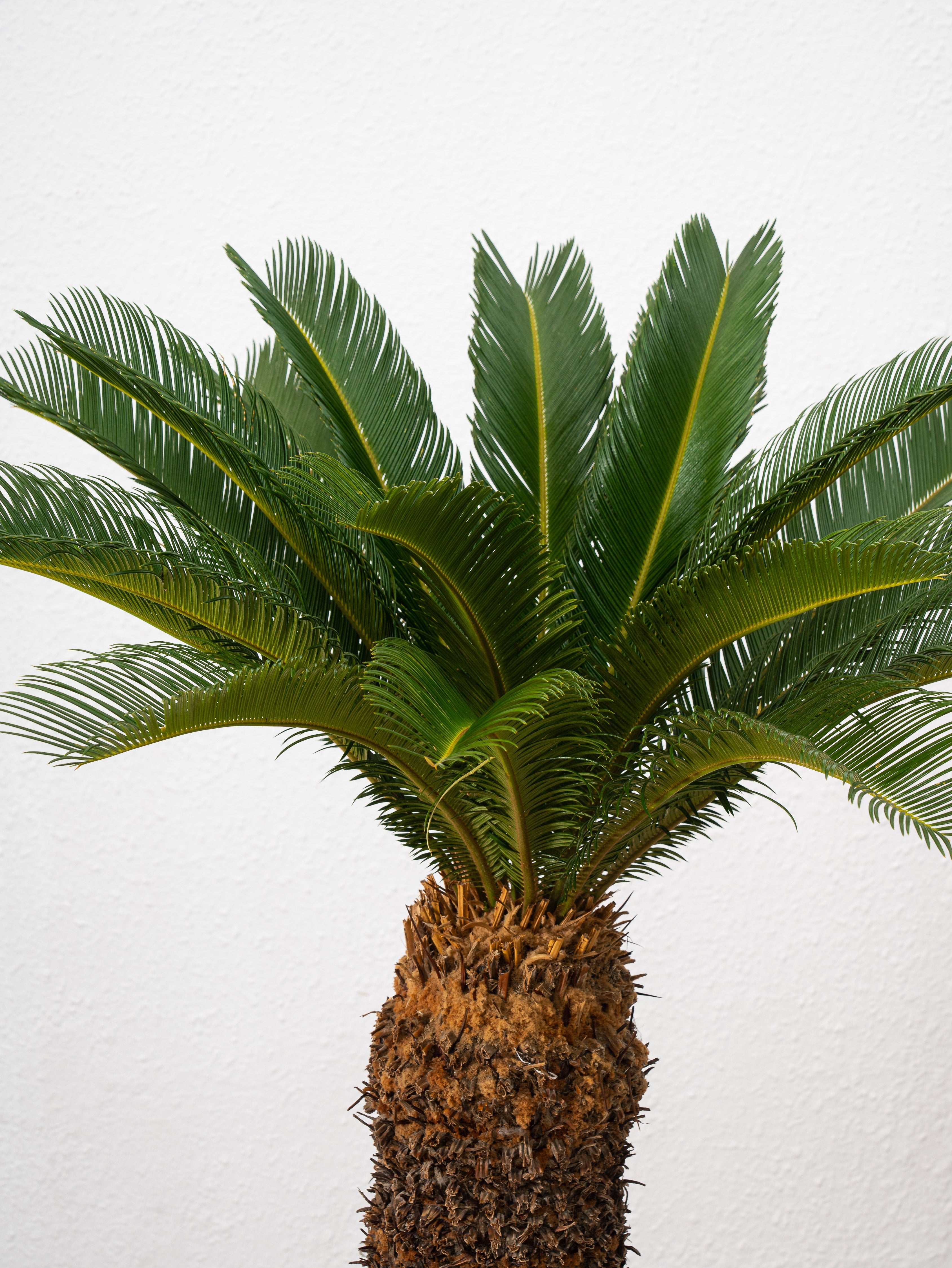
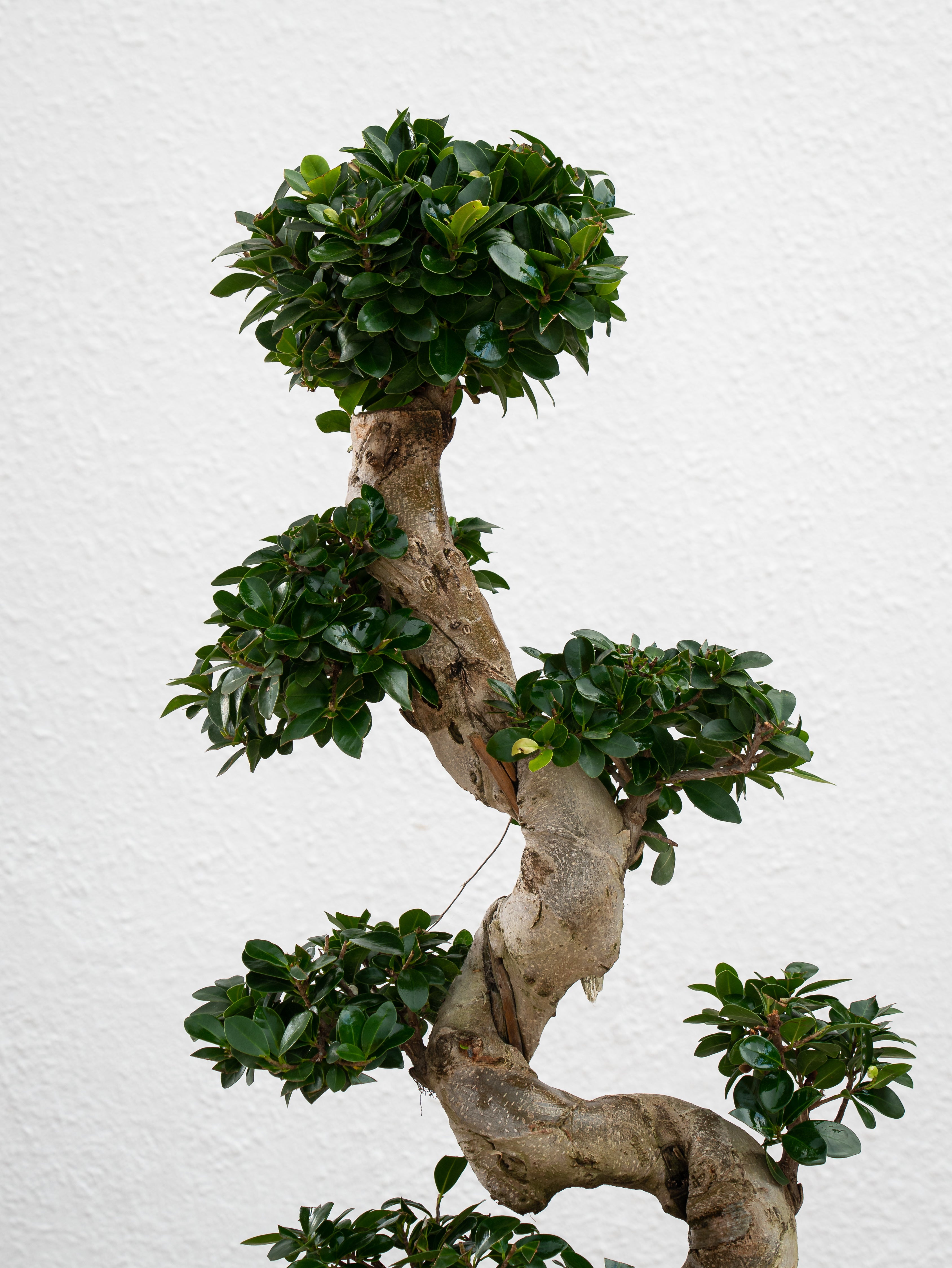
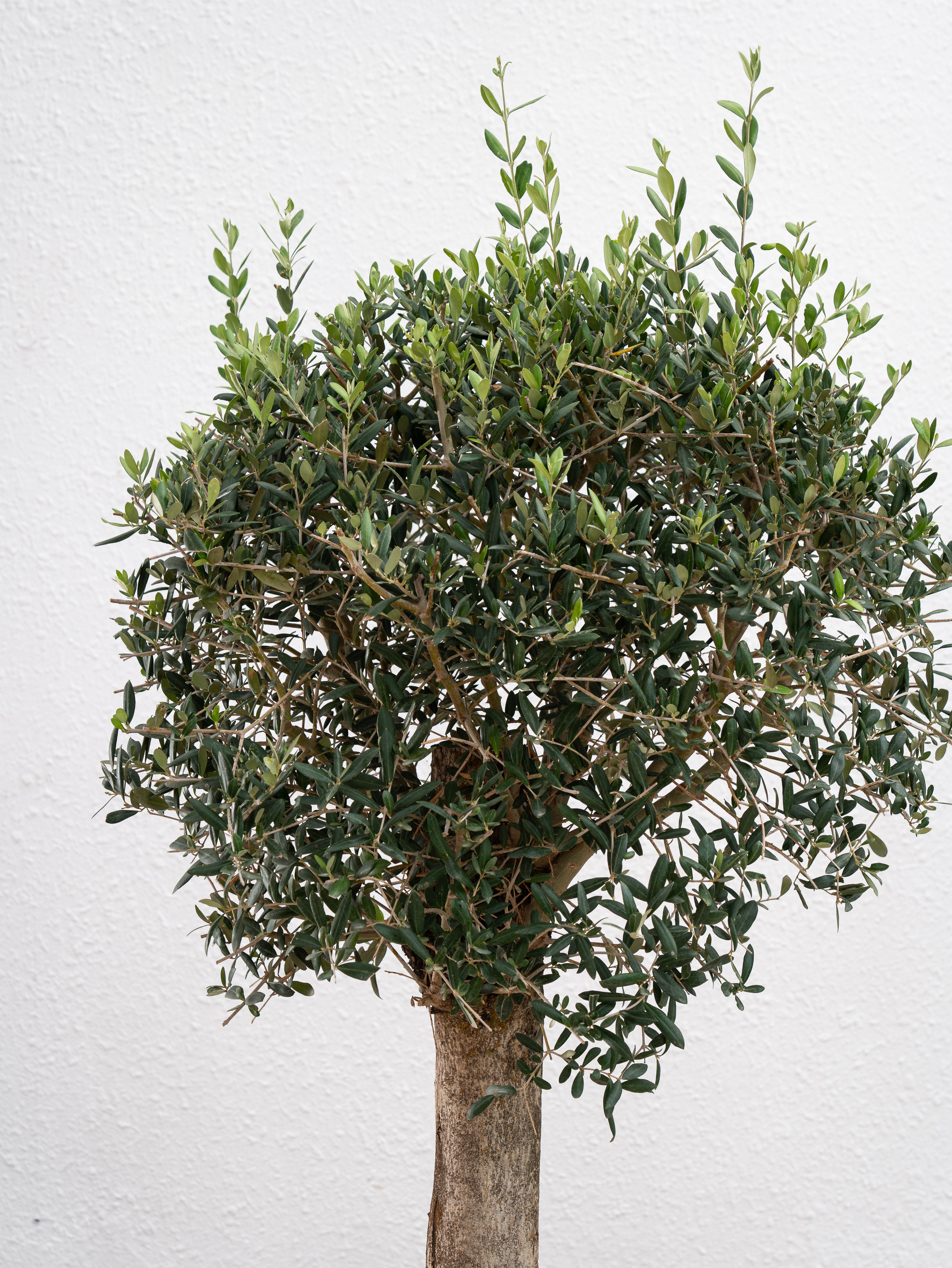

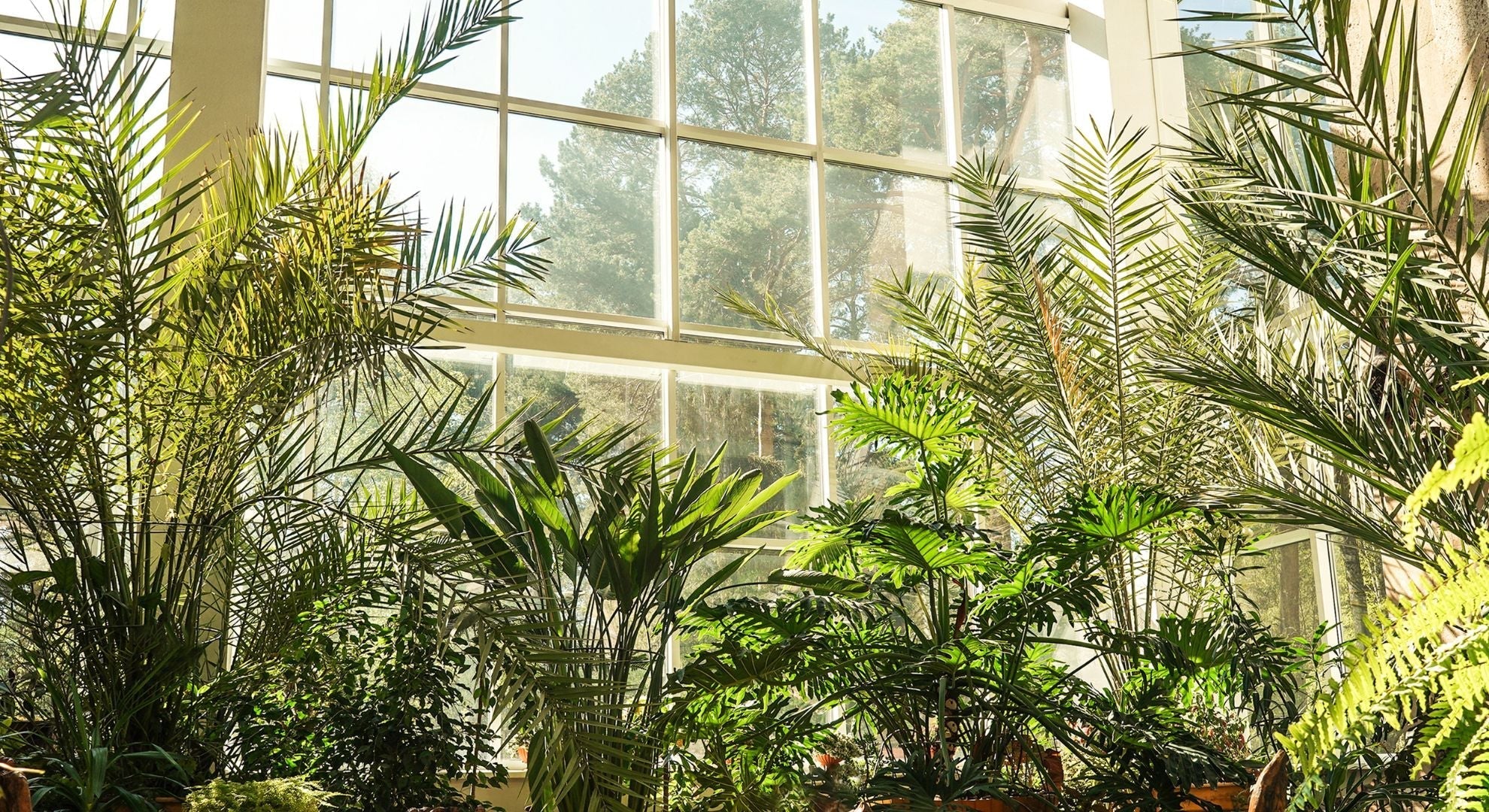
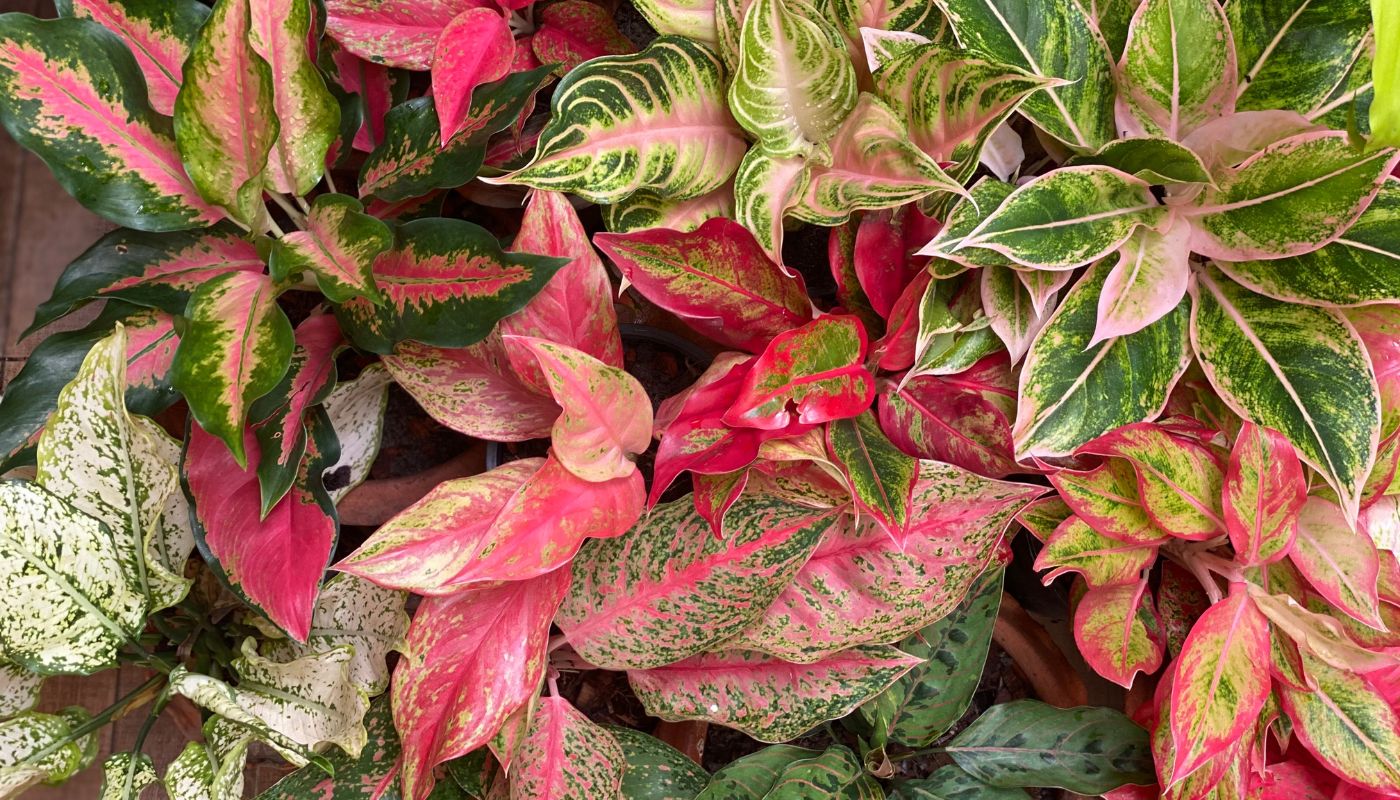
Leave a comment
This site is protected by hCaptcha and the hCaptcha Privacy Policy and Terms of Service apply.